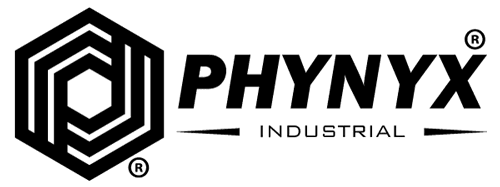After root cause analysis, experiments & observations we came across 5 key factors which are important for inspection/maintenance of slip ring motors.
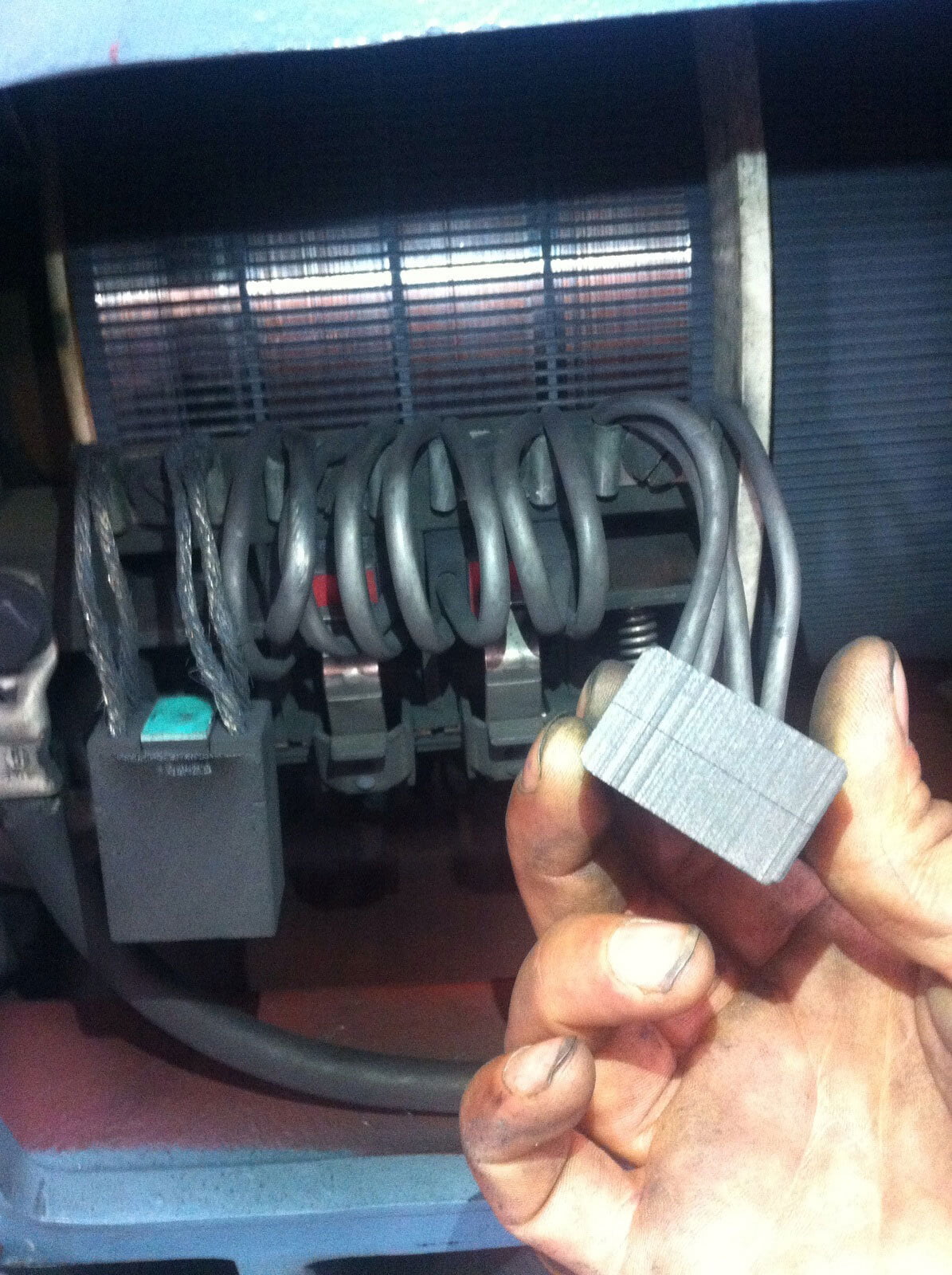
1. Carbon Brush Inspection
It’s really important that you should be updated regarding the running condition of your carbon brushes and slip ring all the time. If it’s a 24/7 plant it’s a good idea to do inspection of brushes in the night switching off all the lights. You can observe sparks in the slip ring if any. The inspection interval should be as less as it can be. As it is easy to do inspection of the brushes, most of the time people take it casual. But the assessment of condition of brush and slip ring needs a skillful technician. Also properly closing the slip ring after inspection is job of responsible and sensible technicians as the consequence of ignorance are significant. Take the size of carbon brushes and make a profile for each brush. It will help you to find out the wear rate of each brush.
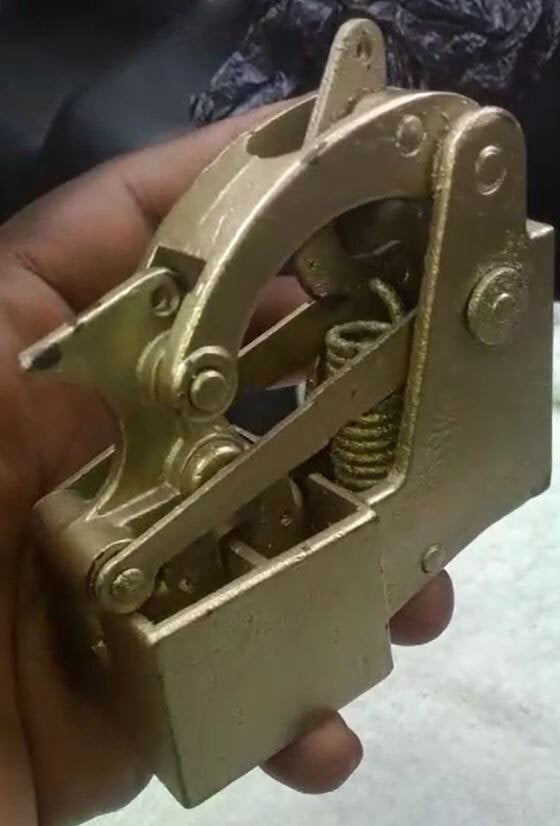
2. Inspect Carbon Brush Holder Tension
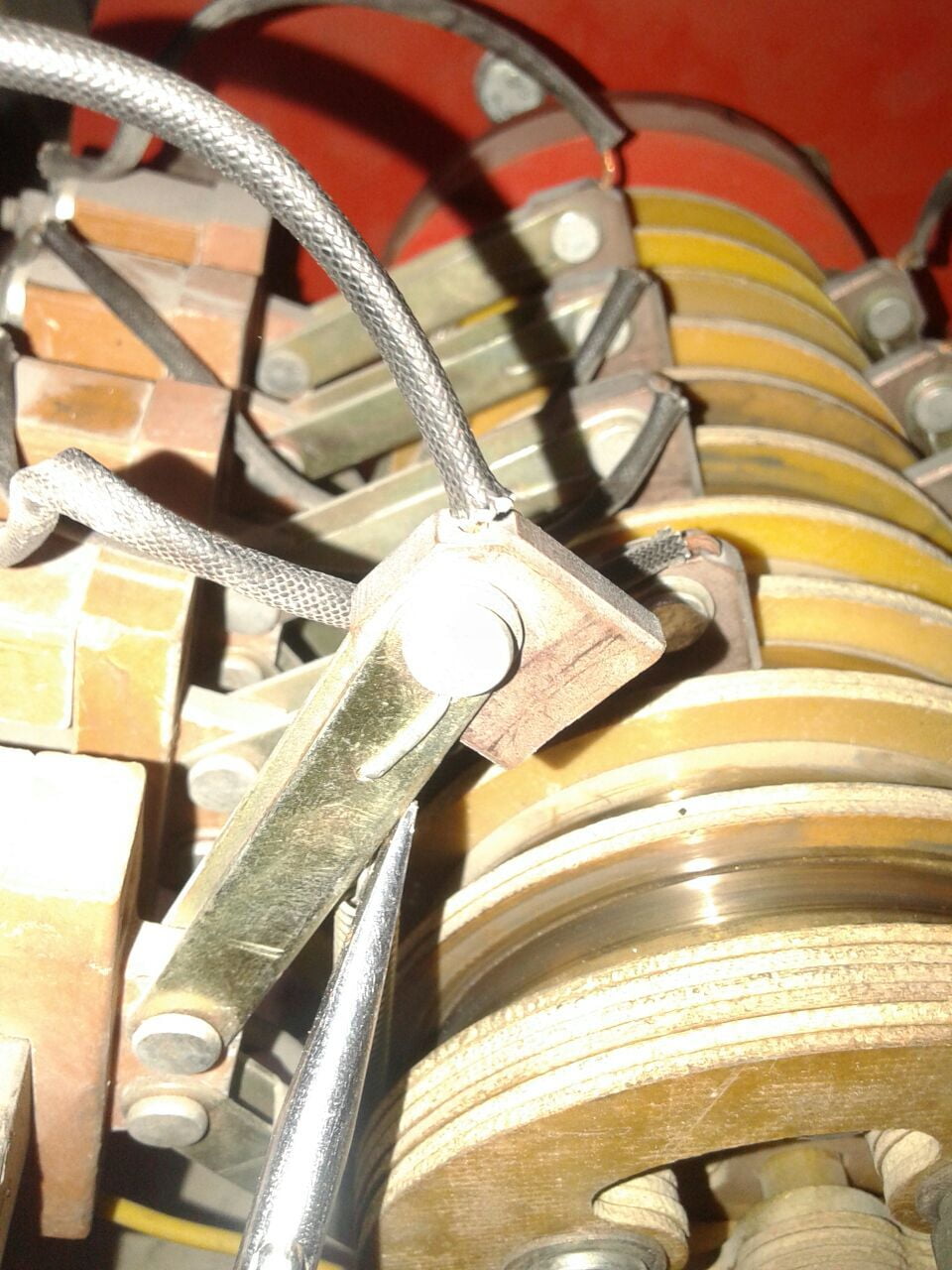
3. Slip Ring Surface
A good quality carbon brush and its proper seating on the slip ring will leave a shinny surface on the slip ring. The patina release by carbon brush during operation ensures the smoothness of the surface of slip ring. A bad relationship on the other hand will leave marks on the slip ring in the path of carbon brush movement.
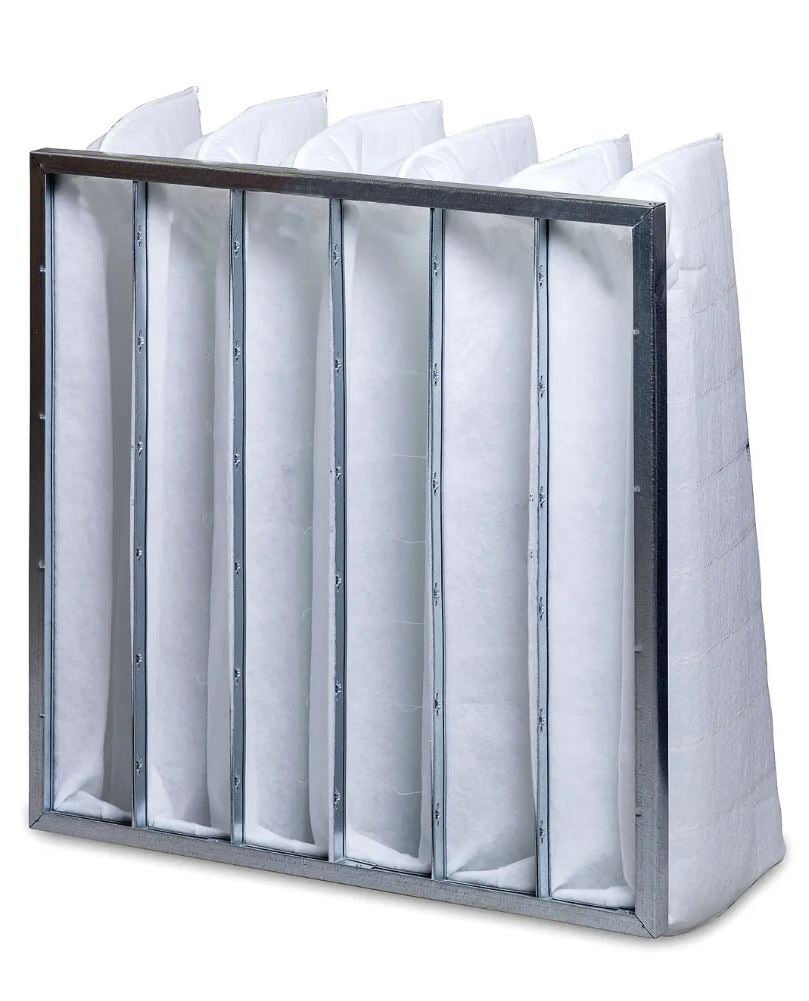
4. Carbon Dust Filters
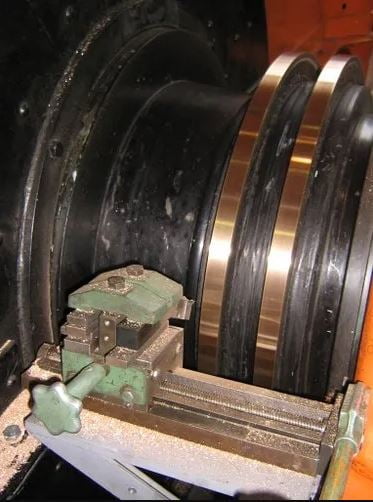
5. Slip Ring Cooling
As slip ring has a moving contact with carbon brushes it will always have relatively high temperature at it because of electrical connection and the friction between slip ring and carbon brush. Keep an eye on the cooling fans and cooling air path in the slip ring. Always keep slip ring away from atmospheric air as it contains moisture. Normally air flow monitoring sensors are put in the slip rings to ensure the smooth flow of cooling air. You can also put a temperature measuring sensor in order to keep an eye of slip ring temperature if there is a problem with slip ring or cooling system.
